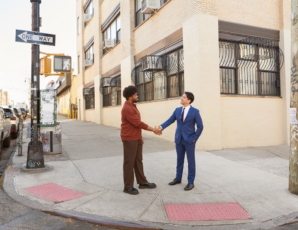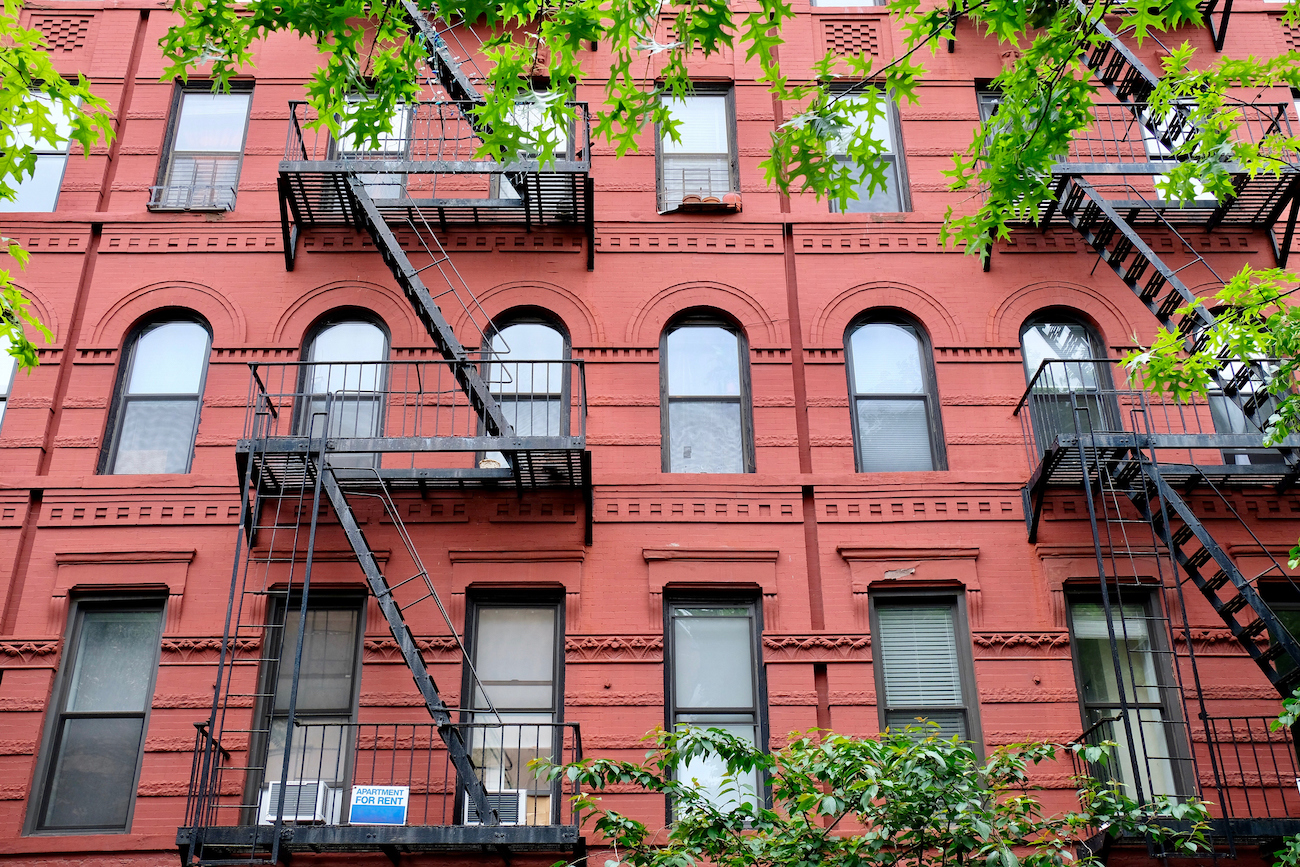New York City is an architect-lover’s dream. It’s a landscape filled with an array of styles — from the magnificent, turn-of-the-century prewar architecture to slick, new super-tall skyscrapers shrouded in glass and steel. If you’ve ever wandered through Soho and marveled at the sheer size and sturdiness of those buildings, then you have an eye for cast-iron buildings.
What is a cast-iron building?
A cast-iron building is one that has been constructed either entirely with or in part by prefabricated cast-iron. Cast-iron is a particularly strong type of iron whose use in construction allows buildings to span greater distances. According to the New York Times, cast-iron construction was “a precursor of the steel skeletons that made modern skyscrapers possible and eventually made cast-iron obsolete.”
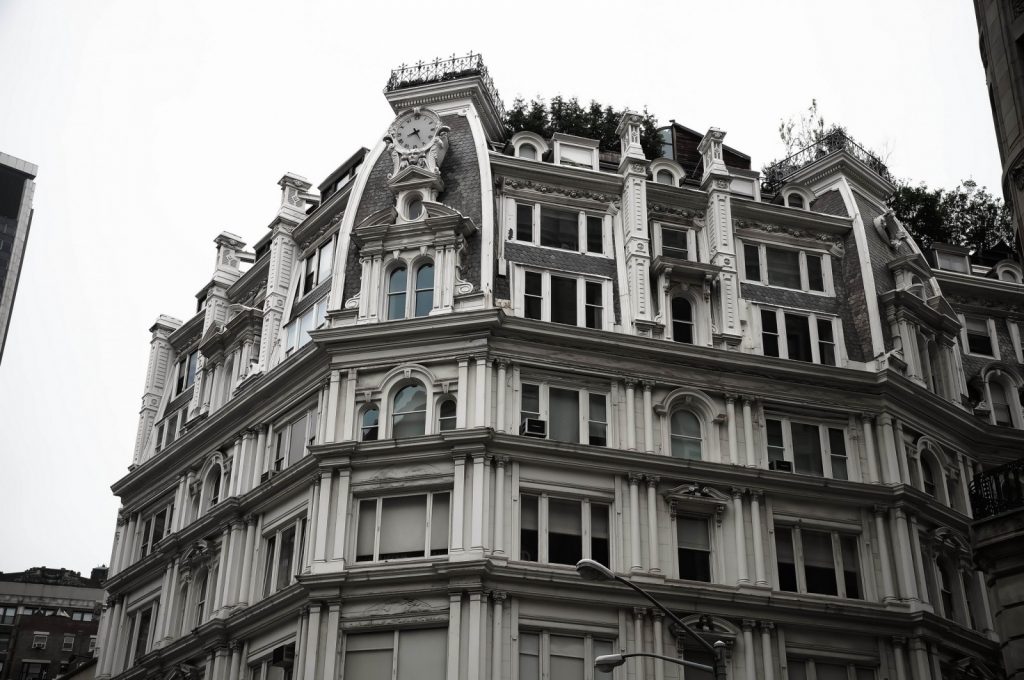
The Gilsey House on 29th and Broadway is a residential cast-iron building that was designated an official NYC landmark in 1979.
Source: Jeffrey Zeldman via Flickr Creative Commons
As a product of the Industrial Revolution, cast-iron became popular in the 1800s and was used most frequently to construct a building’s facade, though it was also used structurally and ornamentally.
What made cast-iron so popular?
Cast-iron was an inexpensive way to mass-produce the delicate Gothic, Classical and Italianate designs of the 19th century. The technique for mass-producing these designs was developed by American inventor James Bogardus, who forged cast-iron facade components from molds to be transported, painted, assembled with nuts and bolts and hung onto a building frame. This prefabrication allowed cast-iron to be constructed offsite and shipped anywhere in the world; the use of molds also allowed for easy repair of broken or weathered components. The design of cast-iron buildings allowed for a more open floor plan design, taller ceilings and more space to accommodate larger windows.
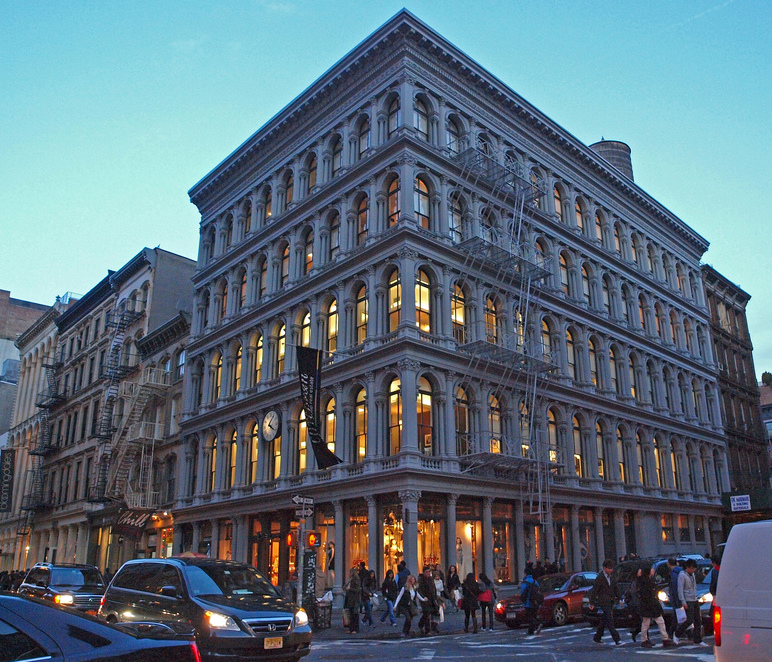
The Haughwot Building is a commercial building in Soho with quintessential cast-iron architecture.
Source: Steve Guttman via Flickr Creative Commons
How can you tell if a building is a cast-iron building?
An interesting quirk of cast-iron is its magnetism; magnets will stick to cast-iron, but not to other building materials. Another telltale sign is the presence of nuts and bolts, like the ones pictured below. These bolts indicate that the facade was delivered in sections and affixed together on-site. Semicircular metal loops next to windows can also indicate a cast-iron building, as these loops once held metal shutters in place to protect the building from neighboring fires.
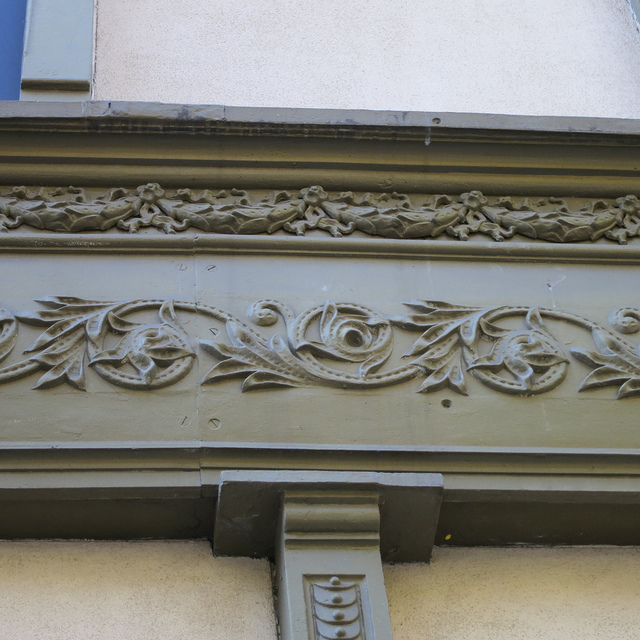
Source: Larissa Zimberoff for Untapped Cities
Soho boasts the highest concentration of cast-iron buildings — so many, in fact, that almost all of Soho was designated a historic district by the New York City Landmarks Preservation Commission in 1973. The designation report defines the Soho-Cast Iron Historic District as about 500 buildings within 26 blocks, spanning along Canal Street, Broadway, Howard Street, Crosby Street, East Houston Street, West Houston Street and West Broadway.

361 Broadway, otherwise known as the Cast Iron House, is a residential building in Tribeca. Of its 13 units, six are currently on the market and in contract on StreetEasy.
While Soho is home to many commercial cast-iron properties, some of the city’s cast-iron buildings have been converted to residential living spaces. The Gilsey House, for example, is a former hotel-turned co-op. 361 Broadway, another NYC landmark, has been converted from an office building into condos.
Related:



